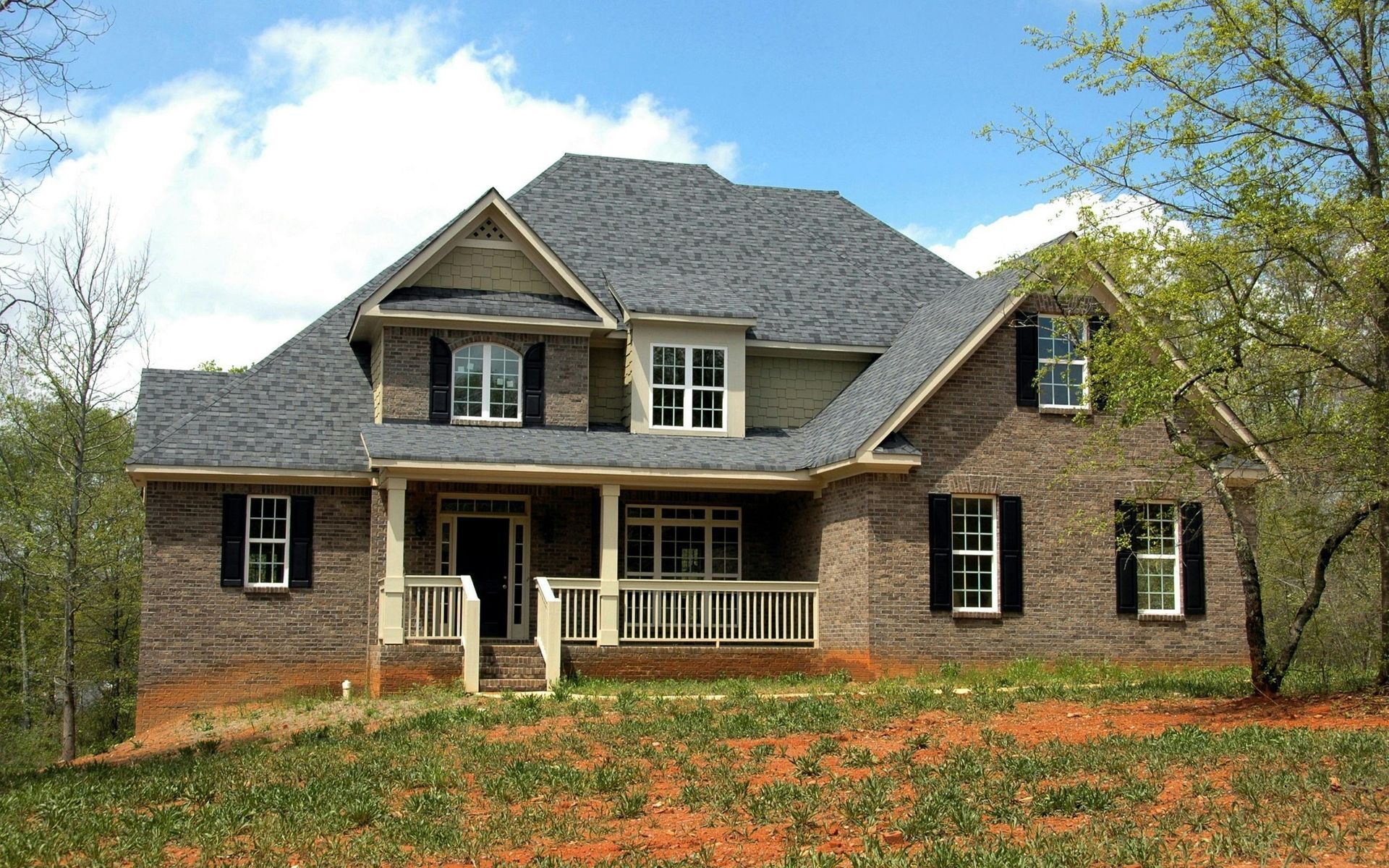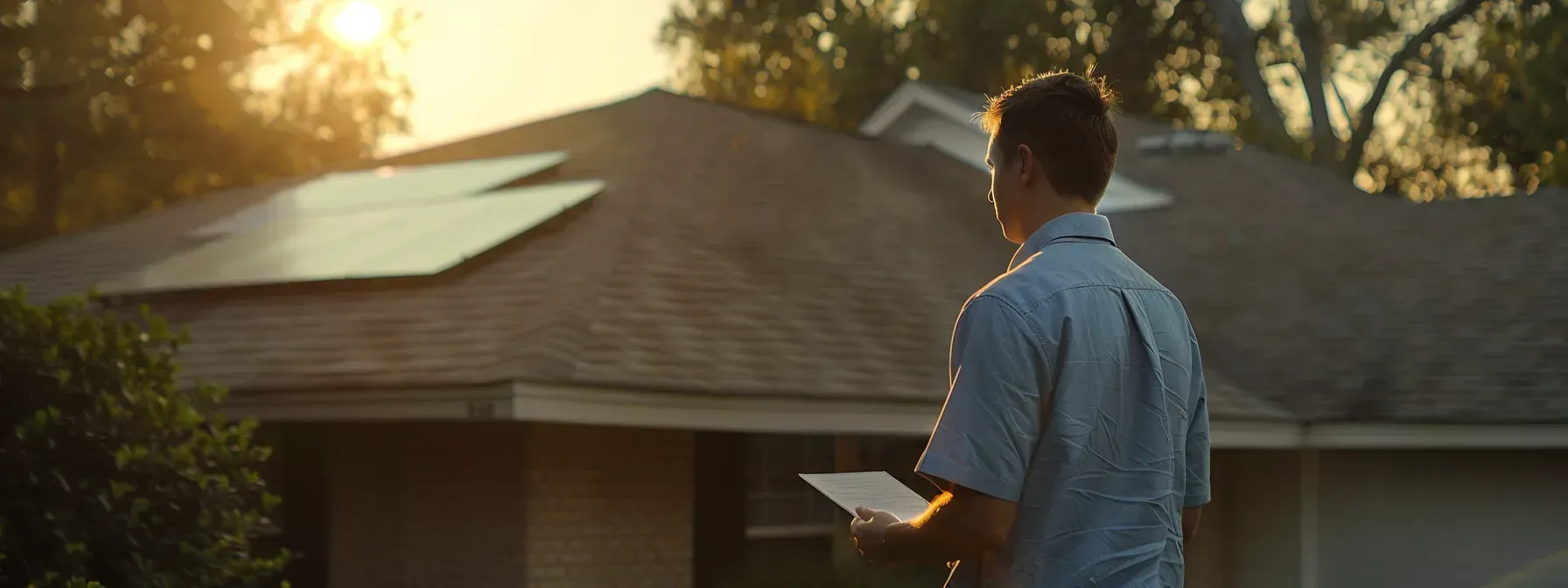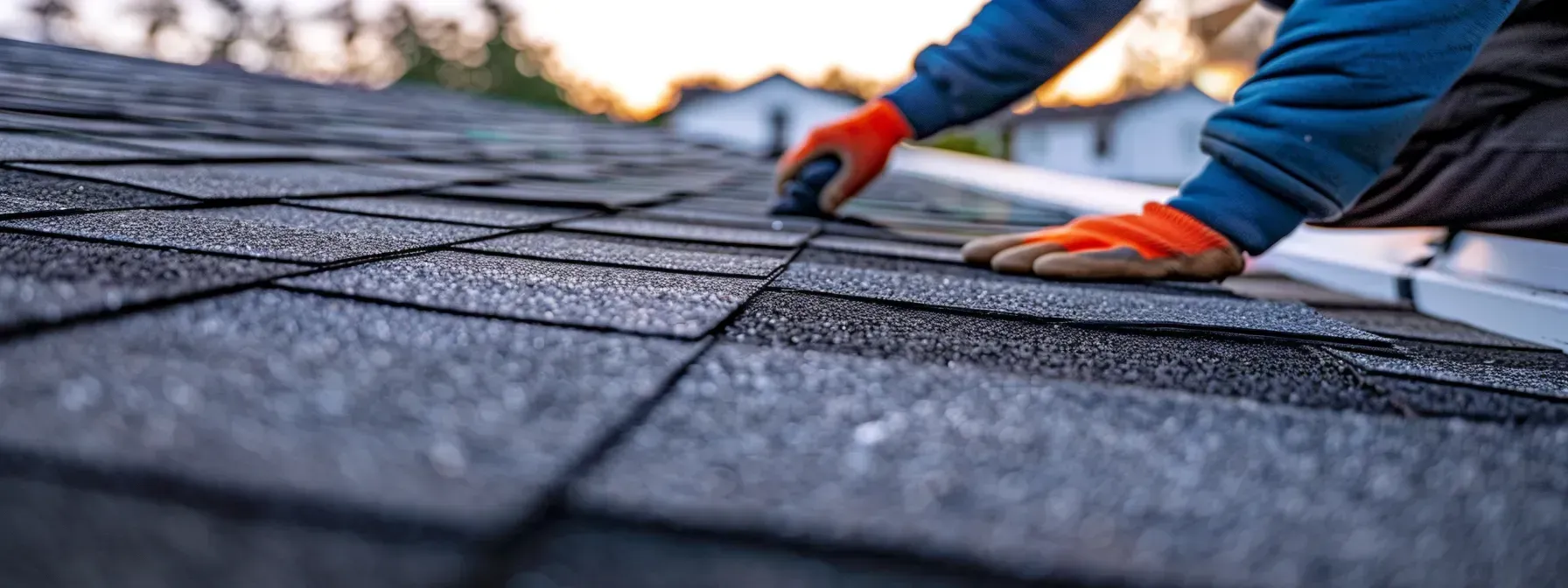Blog
Roofing Info Blog Introduction: Essential Insights for Homeowners and Professionals
Our roofing information blog aims to provide essential insights into roofing that every homeowner should know. Understanding the various roofing materials, their benefits, and the factors influencing roof replacement can help us make informed decisions that enhance our home’s value and safety.
We will cover a range of topics, including the anatomy of a roof, the types of materials available, and tips for choosing the right contractor. By demystifying roofing concepts, we empower ourselves to tackle any project confidently, whether it's maintenance or replacement.
Join us as we explore everything from basic roofing terms to advanced installation techniques, ensuring we are equipped with the knowledge to protect our homes effectively.
What Is Roofing?
Roofing is a critical component of any building, serving the essential function of protecting the structure from natural elements. It encompasses various materials and construction methods tailored to different climates and aesthetic preferences.
Types of Roofing Materials
We encounter a variety of roofing materials, each with distinct benefits and drawbacks. Common options include:
- Asphalt Shingles: Widely used for their cost-effectiveness and ease of installation. They come in various colors and styles.
- Metal Roofing: Known for its longevity, metal can withstand severe weather. Popular in contemporary designs.
- Tile Roofing: Offers excellent durability and insulation but is heavier and often more costly.
- Slate Roofing: Highly durable and aesthetically appealing but requires professional installation and can be expensive.
Each type varies in lifespan, cost, and maintenance needs, allowing us to choose based on specific requirements and local climate conditions.
Roofing Systems and Construction
Understanding roofing systems involves recognizing the various components that create a functional roof structure. Key elements include:
- Decking: The foundation layer, typically made from plywood or oriented strand board (OSB), providing the primary support.
- Underlayment: A water-resistant barrier installed on top of the decking, acting as an additional layer of protection.
- Flashing: Metal pieces installed around chimneys, vents, and seams to prevent water leakage.
- Shingles or Covering: The top layer that provides the primary defense against the elements.
Proper installation of these systems ensures durability and longevity, crucial for safeguarding the integrity of our homes.
Choosing the Right Roof
When selecting the right roof for our homes, we must evaluate our specific needs, consider the local climate, and harmonize with the architectural style of our property. Each of these factors plays a critical role in ensuring the longevity, functionality, and aesthetic value of our roofing.
Assessing Your Roofing Needs
To make an informed choice, we should first assess our roofing needs. This begins with identifying the structure of our home and its current roofing condition.
Key points to consider include:
- Roof Pitch: Steep roofs require materials that handle water effectively, while low-pitched roofs may need specialized materials.
- Local Regulations: Some areas have specific building codes that must be followed.
- Long-Term Goals: Are we aiming for durability, energy efficiency, or low maintenance? Each goal influences material choice.
Conducting a thorough inspection and, if necessary, seeking professional input can provide clarity on the best materials and styles suited for our requirements.
Climate Considerations for Roofing
Climate significantly impacts roofing material choices. Understanding our region's weather patterns helps us select the most suitable roofing options.
- Rainfall: In areas with heavy rain, materials such as metal or asphalt shingles that shed water efficiently are essential.
- Heat: In warmer climates, reflective materials like white shingles can reduce heat absorption, keeping our homes cooler.
- Snow and Ice: In colder regions, high-pitch roofs are preferred to prevent snow accumulation and ice dams.
Each of these factors guides our decision, ensuring the roof we choose can withstand the elements effectively.
Aesthetics and Architectural Styles
The aesthetic appeal and architectural style of our homes should align with the roofing material we select. Our roof significantly contributes to the home's overall character.
- Material Choices: Options like clay tiles offer a Mediterranean feel, while slate can provide a more traditional look.
- Color Coordination: We should choose colors that complement our exterior, enhancing curb appeal.
- Design Compatibility: Depending on our style, we might prefer gable roofs for modern homes or hip roofs for classic designs.
Considering these aspects ensures our roofing not only serves a practical purpose but also enhances the beauty of our property.
Installation and Maintenance
Proper installation and regular maintenance are essential to ensure the longevity and effectiveness of our roofing systems. Both professional installation and DIY projects require attention to detail, while maintenance helps to mitigate potential issues.
Professional Roof Installation
When we opt for professional roof installation, it is crucial to choose experienced contractors. They possess expertise in handling various roofing materials and can ensure adherence to building codes.
Key Considerations for Professional Installation:
- Warranty: Verify warranties for both materials and workmanship.
- Local Regulations: Familiarize ourselves with local building codes to avoid violations.
- Material Quality: Discuss high-quality materials that fit our budget and climate.
Professional installers will also inspect underlying structures, ensuring proper ventilation and insulation, which are vital for roof longevity.
DIY Roofing Projects
For those who choose DIY roofing projects, thorough preparation is essential. We must research our chosen roofing system, gather the necessary tools, and understand the installation steps.
Steps for Successful DIY Installation:
- Remove Old Roofing: Carefully strip away old materials without damaging the underlying structure.
- Install Drip Edge: Attach a drip edge along the eaves to direct water away from the roof.
- Underlayment: Lay underlayment to add a moisture barrier before placing shingles.
Safety precautions, including working with a partner and using harnesses when on the roof, cannot be overlooked.
Roof Maintenance and Care
Regular roof maintenance is key to preventing costly repairs. We should conduct seasonal inspections to identify potential issues early on.
Maintenance Tasks to Include:
- Debris Removal: Regularly clear leaves and debris from the roof surface.
- Gutter Cleaning: Ensure gutters are free from clogs, allowing proper water flow.
- Shingle Inspection: Look for cracked or missing shingles and replace them promptly.
By establishing a routine maintenance schedule, we can significantly extend the lifespan of our roofing system, ensuring its performance and aesthetic appeal.








